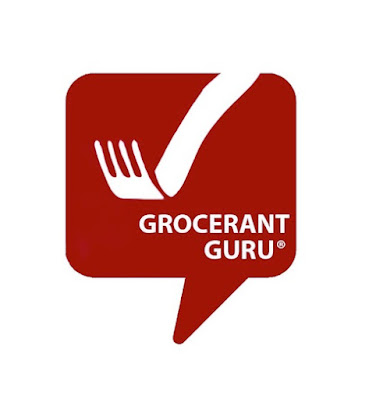Grocerant niche
Ready-2-Eat and Heat-N-Eat fresh prepared food will be at the intersection of
creating an educated, elevated, engaging family meal in 2023. Food retailers including restaurants,
convenience stores, grocery service delis and dollar stores will all be
competing for a larger share of stomach in this sector driving down prices
while saving consumers time in 2023.
According to Steven Johnson Grocerant
Guru® at Tacoma, WA based
Foodservice Solutions®, stated, “Price, Portability, Palate pleasing, will
be the drivers of success in within the Ready-2-Eat and Heat-N-Eat fresh food
space throughout 2023.”
The price of food will also be top of mind in
the new year, with shoppers looking for extreme flavors, nostalgic foods,
global cuisines and more. Holistic health and wellness will also rate highly
for consumers, especially as Mintel found
that 78% believe healthful eating is important for their emotional well-being.
Expect shoppers to seek out products that support cognition and focus, stress
and sleep, and mood.
Grocery industry executives still remark
at how the food-at-home trend has continued well beyond the pandemic, and many
think it has now reached the point of behavior change among consumers. That is,
consumers—many of whom continue to work remotely—like what grocery stores have
to offer for their daily meals and find the value appealing. This sentiment is
likely to strengthen as supermarkets boost their deli grab-and-go and
foodservice offerings and food-at-home price inflation relaxes, providing
consumers a strong option to the high pricing at restaurants.
Frictionless shopping, MFCs among hot
technologies.
You can’t give new-year predictions
without naming leading technologies. Here are two. Next year, more shoppers
will expect to be able to skip the checkout line at chain grocery stores (and
convenience stores) through frictionless payment systems such as scan-and-go,
smart shopping carts and solutions like Amazon’s Just Walk Out. Also, expect
more food retailers to roll out automated micro-fulfillment centers (MFCs) to
support elevated online grocery demand and help build e-commerce profitability.
Value grocers add market share.
The trust that value-focused grocery
chains built up with consumers amid high inflation will continue to pay
dividends in 2023 in the form of more market share. Even with inflation easing
up, food shoppers liked what they saw from these grocers—not just in terms of
value, but also selection, quality and convenience—and will keep them in their
grocery shopping mix.
One of 2022’s big labor stories was the
sudden success unions found in organizing Starbucks and a number of small
quick-service chains. Among the developments we’re likely to see in the new
year is a shift in organized labor’s attention to full-service brands, with
priority given to combating the tip credit.
Washington, D.C., has already lost the
concession to full-service operators, and a Michigan court is deliberating
right now on whether that state’s credit will be scuttled, too.
But that’s just the beginning.
Republicans’ control of the U.S. House of Representatives makes the possibility
of killing the credit on a national basis unlikely, but expect to see
considerable activity on the state, county and municipal level.
Additionally, 41% of
consumers are choosing low- to no-alcohol drinks to be healthier, according to Mintel sober bars study. There’s only a
handful of completely alcohol-free bars now, but as sober socialization gains
popularity, especially among Gen Z consumers, more of these will pop up. They
serve inventive drinks made with alcohol-free spirits, and offer games, events
and other fun activities to entice guests. There already are shops that sell
only zero-proof spirits, beer and wine. The team at Foodservice Solutions® says
don’t invest in one of these as the life span will be short. Why, existing
outlet’s will be quick to invite a new set of consumers to avoid the ‘veto’
vote.
Don’t over reach. Are
you ready for some fresh ideations? Do your food marketing ideations look more
like yesterday than tomorrow? Interested in learning how Foodservice Solutions® can edify your
retail food brand while creating a platform for consumer convenient
meal participation, differentiation and individualization? Email us at: Steve@FoodserviceSolutions.us or visit us on our social media sites by clicking the
following links: Facebook, LinkedIn, or Twitter
In 2023 Are You Building a
Larger
Share of Stomach?



















